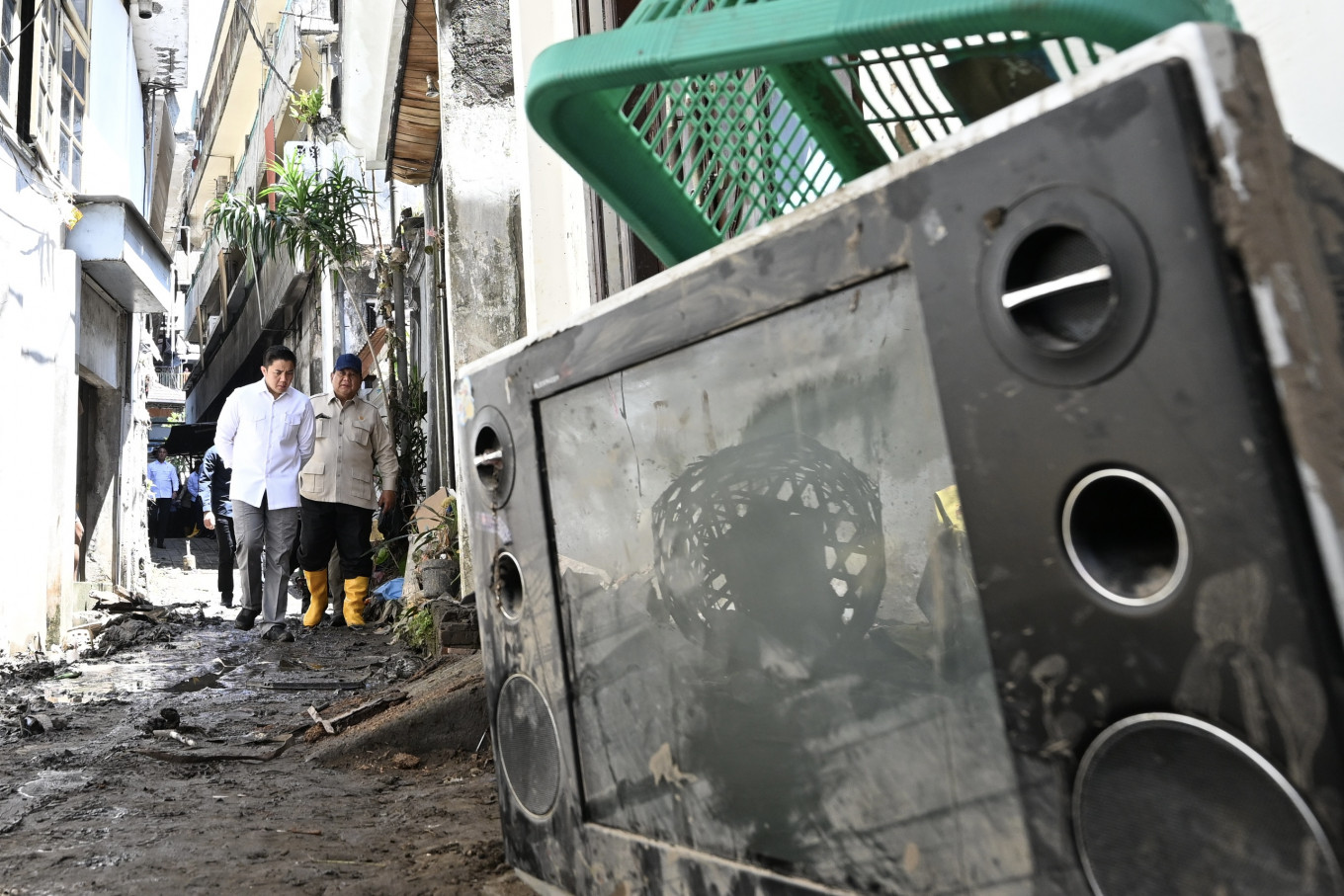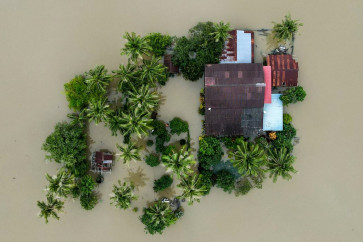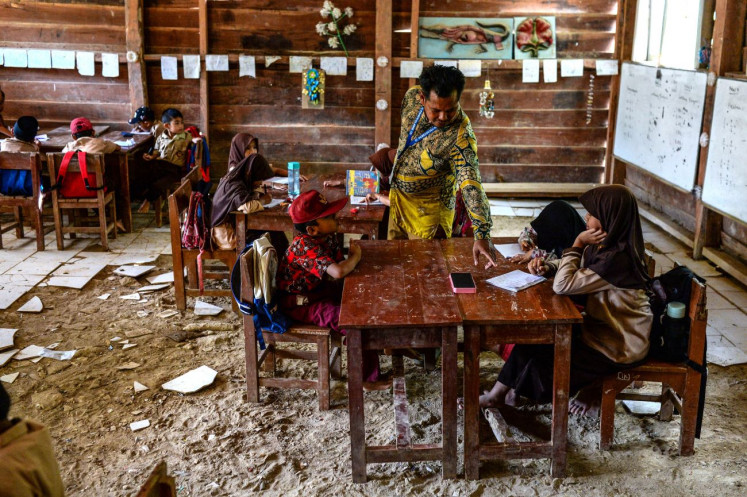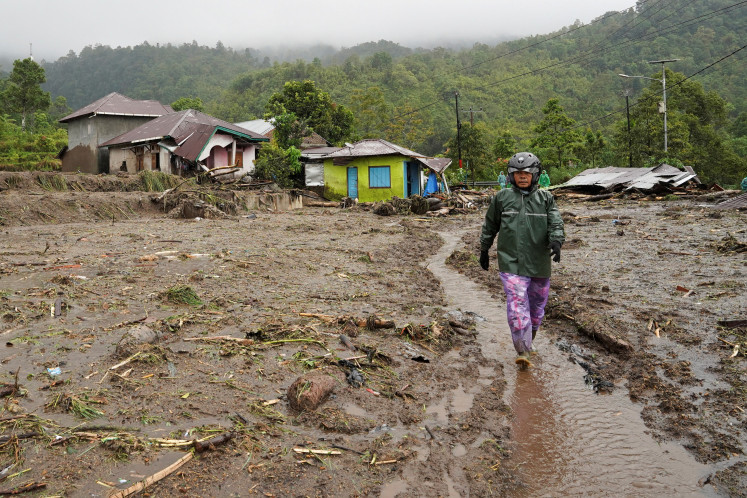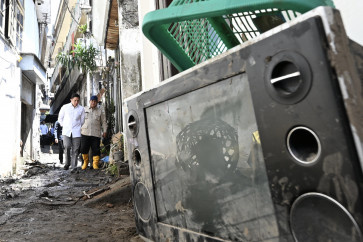Popular Reads
Top Results
Can't find what you're looking for?
View all search resultsPopular Reads
Top Results
Can't find what you're looking for?
View all search resultsClimate finance beyond paper: Can Bali turn promises into actions?
The recently launched Bali Climate Financing Platform introduces a new model for translating road maps into implementation and if successful, it could be emulated in other provinces to safeguard regional economies toward building climate resilience.
Change text size
Gift Premium Articles
to Anyone
T
he international community talks about unlocking climate finance, yet the lock remains stubbornly shut. Despite endless conferences, reports and declarations, climate finance often struggles to translate into real, investable projects on the ground, especially at the subnational level.
Take Bali. Marketed as the last paradise on Earth, the island province has become a front line of climate risk. Temperatures have risen 0.7 degree Celsius in the past four decades, triggering uncertain weather that disrupts daily life and the economy.
On Sept. 9, Bali recorded 385 millimeters of rainfall within 24 hours, which flooded parts of the island and paralyzing the provincial capital Denpasar, its only city. The COVID-19 lockdown had already shown Bali’s fragility in 2020 when its GDP contracted 9.34 percent, the steepest decline among all provinces in Indonesia.
These shocks underscored how vulnerable an economy dominated by tourism is and why climate resilience is no longer optional.
Ironically, this vulnerability persists despite Bali having an impressive stack of plans: its Net Zero 2045 vision, set 15 years ahead of the national target, clean energy regulations, an electric vehicle adoption action plan and waste management strategies. It has even developed the Regional Low-Carbon Development Plan (RPRKD).
As with most of subnational entities in Indonesia, these documents usually stop at the planning stage without clear studies on feasibility, financial structuring or risk mitigation. Projects remain aspirational rather than investable. On paper, Bali is ahead, but on the ground, implementation lags.
Indonesia’s broader climate finance gap illustrates the challenge. The country needs around US$285 billion by 2030 to meet emission targets, yet only $4.7 billion has been mobilized, according to OECD reports. Low-carbon initiatives are still seen as too costly, technologies lack scale and financing mechanisms rarely reach provinces.

